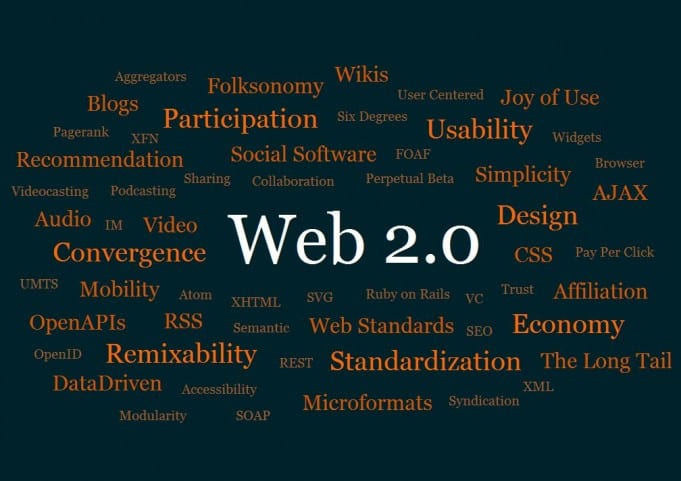When Mark Zuckerberg, CEO of Facebook, was named TIME Magazine’s Person of the Year for 2010, even social media Luddites had to stand up and take notice. Social media, a term used loosely to refer to a set of digital tools that people use to interact with other people en masse, had resoundingly turned main stream.
I recall last year in Napa at a wine conference, former Chairman and CEO of AOL, Barry Schuler made the observation that one could even classify the advent of the telephone as social media.
What I think defines this era of web 2.0 though is:
- the staggering droves of people, in all demographics, that are becoming connected in social networks
- the explosion of devices and applications by which you can interact with others (CES 2011 is going to be tablet crazy)
- how intimately we feel the culmination of virtual information about ourselves is truly an extension of our physical, real-world self
The challenge was, can existing industries and enterprises derive measurable return-on-investment from betting on the digital social experience?
In this area, the scorecard has not been stellar which is why enterprises have been hesitant to invest in social tools in their main channels of business interactions. Instead social media efforts have been relegated to isolated departments or experiments by a few innovative employees.
The problem is not really the nature of social media, using technology to digitally interact with customers, friends and family. The challenge has been that the available applications for social media have developed in innovation silos. Twitter, Facebook and Ning are all great manifestations of social media in their own test tubes.
Connecting these models of interactions with existing enterprise goals and processes will be critical to turn social media from play thing to serious business.
Led by innovative companies, enterprises are starting to figure out ways to apply web 2.0/social media in ways that lead to real business value.
This year’s annual survey on how enterprises are using Web 2.0 by McKinsey (The rise of the networked enterprise: Web 2.0 finds its payday) is starting to reflect this.
Of the 1,708 enterprises surveyed who use web 2.0 for customer-related purposes, 66% of them said web 2.0 has increased marketing effectiveness by 10-20% and 50% have experienced an average of 18% increase in customer satisfaction.
Although these figures start to validate the importance of digital interactions as part of a companies’ core strategy, I think it is a lagging indicator. If you look at the growth of online commerce, online ad spending and the growing participation rates in social media, we are only at the beginning of a massive transformation of businesses to the digital channel.
The same discipline and investments enterprises currently spend on product design, retail store layout and supply-chain logistics, they will start to apply to digital interactions and web presence. Not just to throw up a shopping cart or a website, but to think of it as a means for massive customer personalization and interactions that drives loyalty and business. To become a trusted brand and adviser in the burgeoning digital world.


